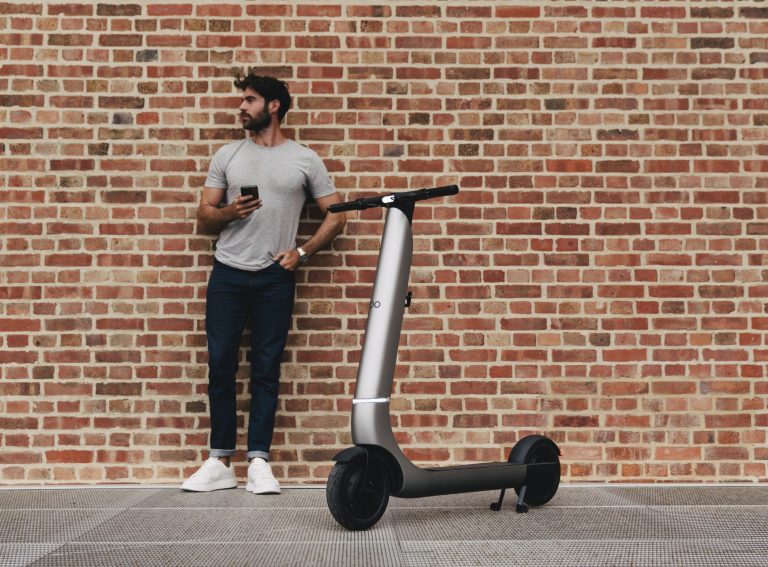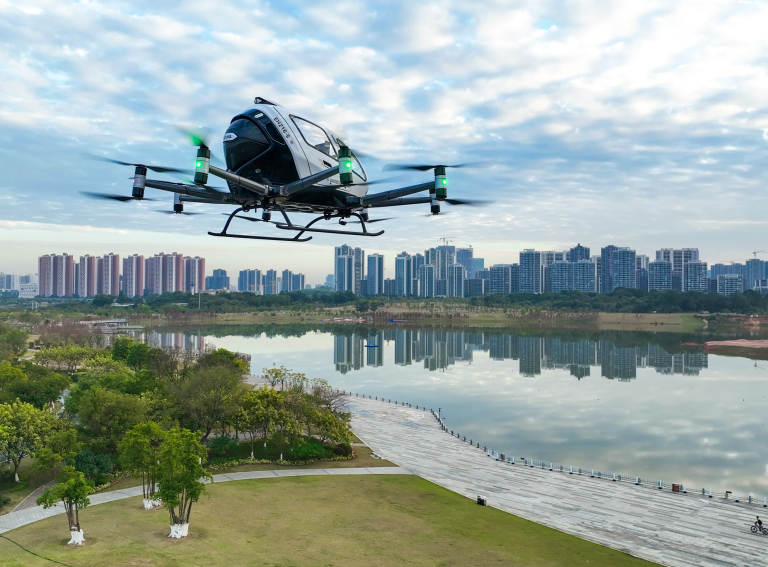Tier issued a rather brief press release earlier this week, promising to add noises to e-scooters. The statement was rather light on detail – but don’t worry. Here’s everything you need to know.
Why do e-scooters need to make noise?
Electric scooters are pretty much silent on the move. They have that in common with other EVs, such as e-bikes, electric mopeds and electric cars, but their smaller wheels and tyres make even less road noise than their compatriots.
Less road noise is good, surely? To an extent. However, particularly for people with impaired vision – and even for kids and pets – crossing or walking along a carriageway populated by machines that do not announce their presence with a throaty fossil-fuelled roar will be extremely uncomfortable and potentially dangerous.
It’s a thorny issue for the entire phalanx of electron-powered vehicles and needs addressing in the round. Tier has decided not to hang around and has rolled up its sleeves to get stuck in.
Will Tier be strapping boomboxes to scooters? Very retro.
Not exactly.
Many e-scooters are capable of making some sounds already, with various alarm functions and notifications. Tier has cleverly worked out that, by making use of forthcoming hardware updates, it can update its existing fleet of e-scooters pretty easily to project the type of audio warning that will notify other road users.
It’s a neat, future-proofed solution and an imaginative bit of thinking.
Oooh – can riders choose their own sounds? I’ll take a Pod-Racer soundtrack, please.
Erm, no.
“There is no predefined standard as to what type of noise e-scooters could make or how loud it should be,” explains Fred Jones, UK boss at Tier. “Should it be on all the time? But then what happens if you’re riding along at 3am in a residential area?”
He’s unequivocal, though, that riders won’t get to choose novelty soundtracks. This is a serious bit of work. “This will be a game-changing feature for those affected communities,” he says.
Fine. So what will it sound like?
In short, Tier doesn’t yet know – but it’s working on it.
Jones: “Rather than us designing something that we (as sighted people) think will work, we said to the Thomas Pocklington Trust: ‘Let’s build it together.’ They’re going to help us come up with the answers. It’s a joint programme.”
The charity will lead on research into what will work, conducted in parallel with Tier finishing off its hardware prototyping. The beauty of this approach is that Tier can get the physical components and latent capacity in place early, and simply upload the approved sound design later on.
“This could be rolled out on all Tier vehicles – e-scooters, e-bikes, electric mopeds,” says Jones. “It will be an exemplar of how the industry should work with these communities.”
When can we expect to see (sorry, hear) something?
“The conversation actually began at the London launch of our Tier Four e-scooter,” Jones explains. Tier founder and boss Laurence Leuschner was in town for the launch and he combined that with meeting Thomas Pocklington representatives to sketch out the project.
“We’ll have the hardware prototype ready by end of 2020,” Jones states. “The hardware will be rolled out across our UK fleet early in 2021. Sound design research and testing will be completed shortly afterwards. We expect full fleet roll-out by mid-2021.”
That’s just York for the time being, though Tier is also hoping to win a spot on London’s 2021 programme.
This is a concrete example of the UK market generating genuine world-leading technical innovation in the micromobility industry.
Does this miss the bigger issue?
If e-scooters make noise, visually-impaired people can hear them coming. But who should be giving way to whom and how will riders behave?
The answer is obvious – pedestrians come first. Yet, that is not how our roads work in practice. Crossing the road is a life-and-death decision up and down the country, with car drivers who do not give way, who park on pavements and who routinely exceed posted speed limits. Cyclists are often pretty averse to waving across pedestrians, too.
Tier is not trying to rewrite our broken approach to infrastructure and national failure to protect vulnerable road users. Rather, the micromobility company is taking a pragmatic step to make its vehicles as proactive as they can be when it comes to safety. Inclusive road design and road user education is a much bigger job – and one that is shown up as MIA compared with Tier’s good work.



